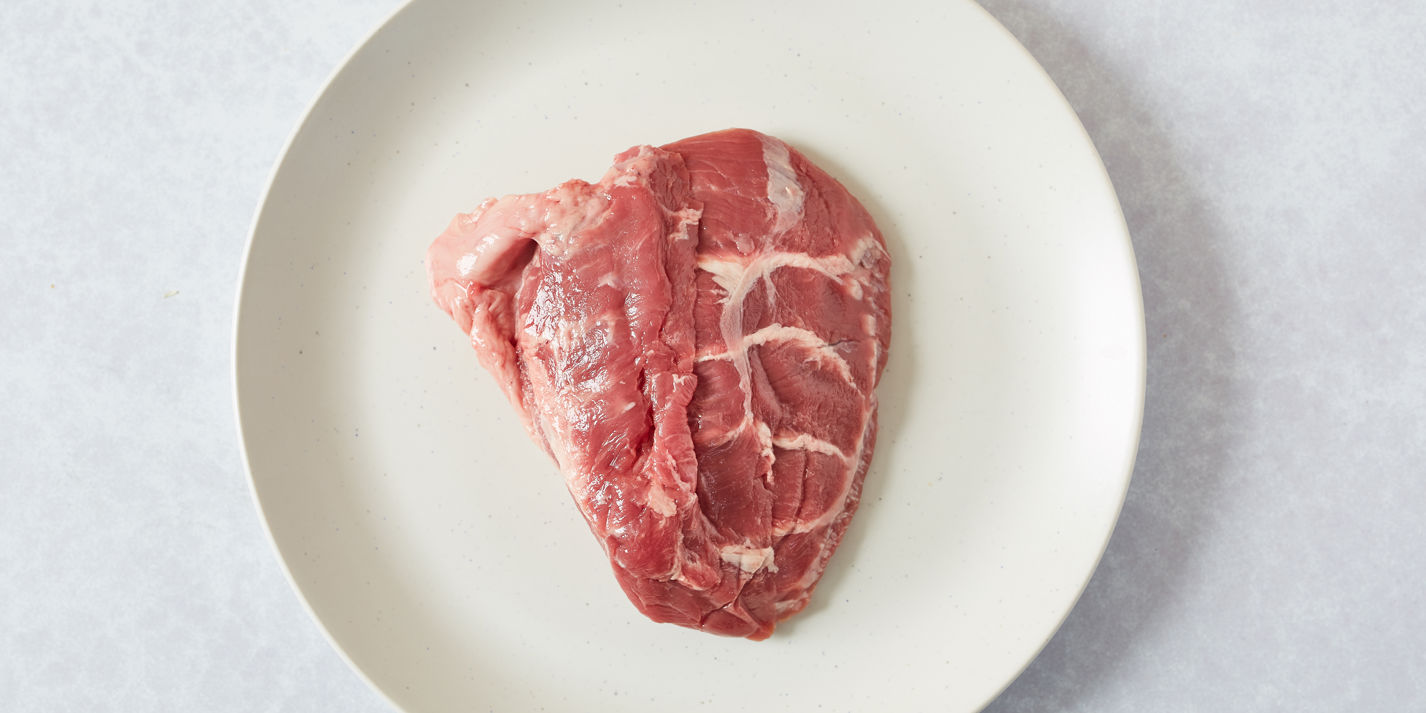This trendy cut is one of the strongest muscles of the pig. The pig uses it a lot, for chewing, especially grazing pigs. It’s lean and moist—and incredibly tasty when cooked right. It’s another flavorful cut that should be cooked long and slow. It’s rare and expensive since most pigs have less than a pound of it.
Move over pork belly, there’s a new cut of pig in town! Pork cheeks have been steadily gaining popularity among chefs and home cooks alike These little-known gems offer incredible flavor and tenderness when prepared properly But one question looms for those unfamiliar with the cut – are pork cheeks fatty? Let’s take a closer look at the marvelous mouthfeel of pork cheek meat.
What Exactly Are Pork Cheeks?
Before determining fat content, it helps to understand exactly what pork cheeks are. Pork cheeks come from unsurprisingly, the cheek area on a pig’s head. Unlike some old-school odd bits pork cheeks are not glands or organs, but actual facial muscle.
Each hog head contains two plump, square-shaped cheeks on either side. Pork cheeks are a small but mighty cut, usually weighing 3-4 ounces each. They contain layers of fat marbled throughout the reddish-pink meat. When cooked low and slow, this fat renders to produce succulent, fall-apart meat.
Why Pork Cheeks Are Prized by Chefs
While odd-sounding at first, pork cheeks have become a secret weapon for many acclaimed chefs. Their popularity stems from an incredible concentration of flavor and moisture. The cheek muscles get plenty of use during a pig’s lifetime, meaning the meat is imbued with a deeper, more complex taste.
When braised or stewed, pork cheeks transform from tough to tender, while releasing a tremendous pork essence into the dish. Top chefs utilize pork cheeks in refined preparations like terrines, pâté, rillettes, and charcuterie. They also shine in humble peasant-style dishes like stews, braises, soups, and ragus.
Determining If Pork Cheeks Are High in Fat
Okay, but do those celebrated pork cheeks come loaded with fat? Here’s a definitive answer – yes, pork cheeks contain a high percentage of fat marbled throughout. In fact, around 30-40% of their weight comes from creamy white fat interlaced in the cheek meat.
This high fat ratio gives pork cheeks their signature melt-in-your-mouth texture. As the fat renders out during cooking, it bastes the meat from within, keeping each bite luscious. The fat also carries the pork’s rich flavor as it integrates into pan sauces and braising liquids.
Comparing Fat Levels to Other Pork Cuts
How do pork cheeks compare fat-wise to other popular pork cuts? Here’s a quick cheat sheet:
- Pork belly – Highest fat content, up to 70% fat
- Pork shoulder – Marbled with 20% fat
- Pork cheek – 30-40% fat
- Pork loin – Most lean at only 5-10% fat
So while pork belly remains the ultimate heavyweight champion of fat, pork cheeks clock in at a very respectable second place. They contain more marbled fat than other coveted cuts like shoulder or loin.
Choosing and Preparing Fatty Pork Cheeks
When selecting pork cheeks, choose flexible, moist pieces with bright coloring. Lightly rinse and pat dry pork cheeks before cooking. Be sure to sear, brown, or roast pork cheeks first to develop that coveted crust and concentrated porkiness.
Slow braising, stewing, or simmering is ideal for melting collagen and fat while tenderizing the meat. Cook low and slow in moist heat environments flavored with aromatics like garlic, onions, and herbs. Let cooked pork cheeks rest before serving to allow juices to redistribute.
And don’t forget the importance of sides! Mop up those delicious meaty juices with crusty bread. Pair with bright acidic elements like pickles, mustard, or salsa to cut through the rich fattiness. Potatoes, beans, and roasted veggies also complement pork cheeks beautifully.
Summary: Embracing the Fatty Fabulousness of Pork Cheeks
While high in fat, those marbled morsels are exactly what gives pork cheeks their culinary superpowers. When prepared properly, the fat transforms into succulence, spreading meaty flavor throughout the dish. Rather than trimming fat, cooks should embrace those jiggly bits!
So bring on the whole hog and pass the pork cheeks! Let’s give this humble yet mighty cut the love it deserves. Leave our porcine pals a little cheekier by savoring this superbly delicious, decadently fatty off-cut delight.

Cider-Braised Pork Cheeks – How to Cook Pork Cheeks
FAQ
Does pork cheek have a lot of fat?
How many calories are in pork cheeks?
|
Name
|
Amount
|
Unit
|
|
Energy
|
134
|
kcal
|
|
Protein
|
21.4
|
g
|
|
Total lipid (fat)
|
5.36
|
g
|
|
Carbohydrate, by difference
|
0
|
g
|
What are pork cheeks like?
Why is pork cheek so expensive?
